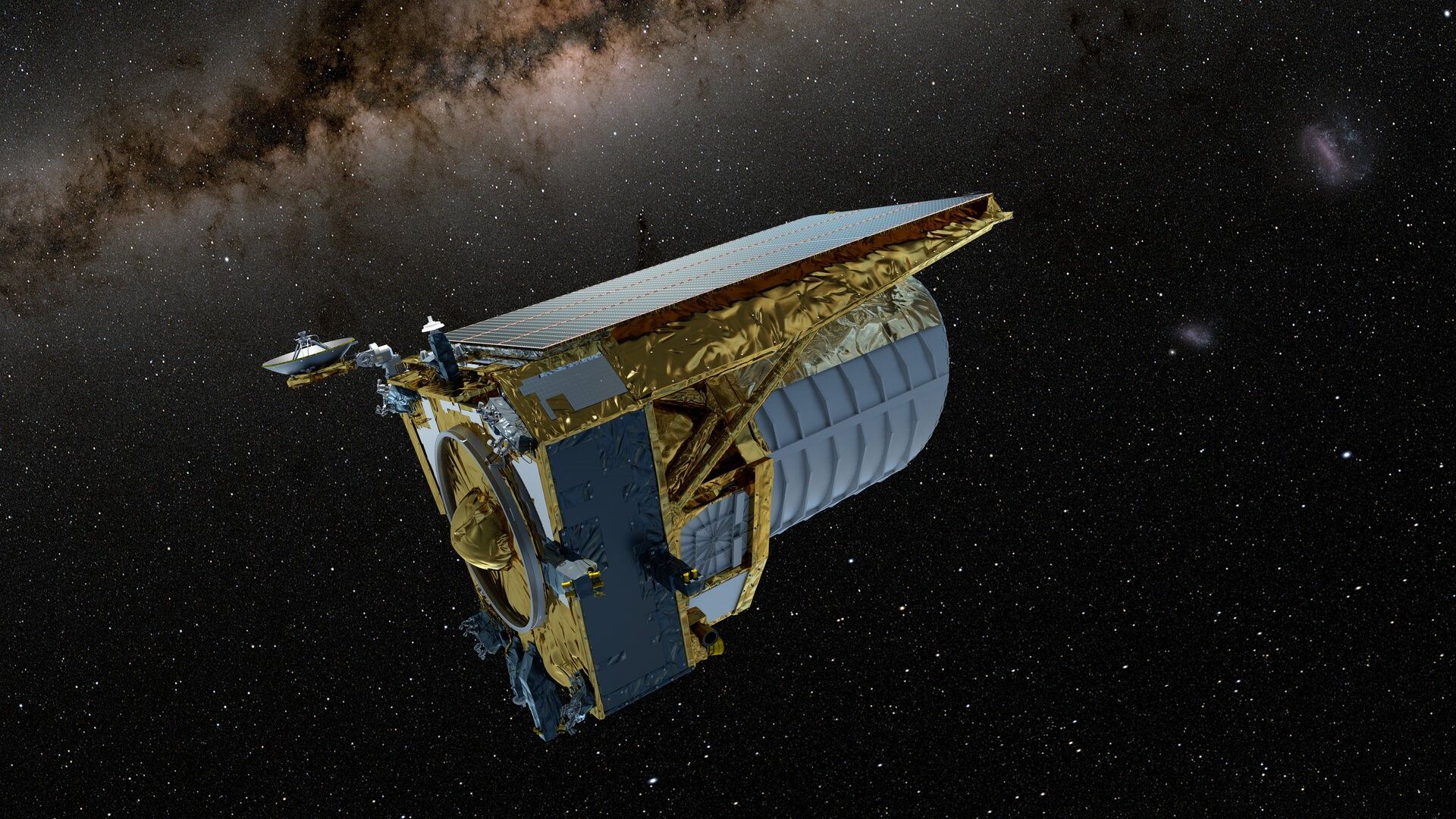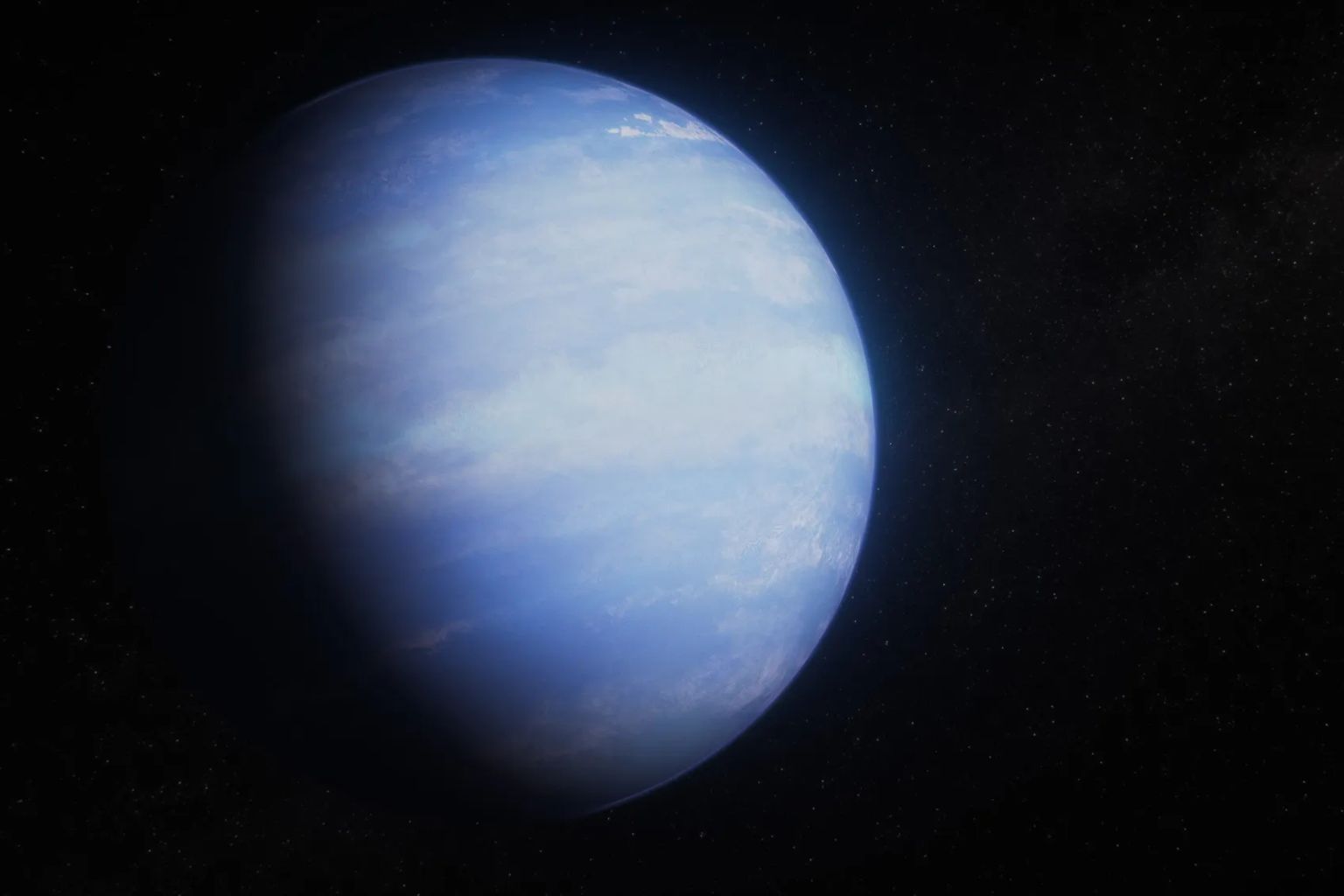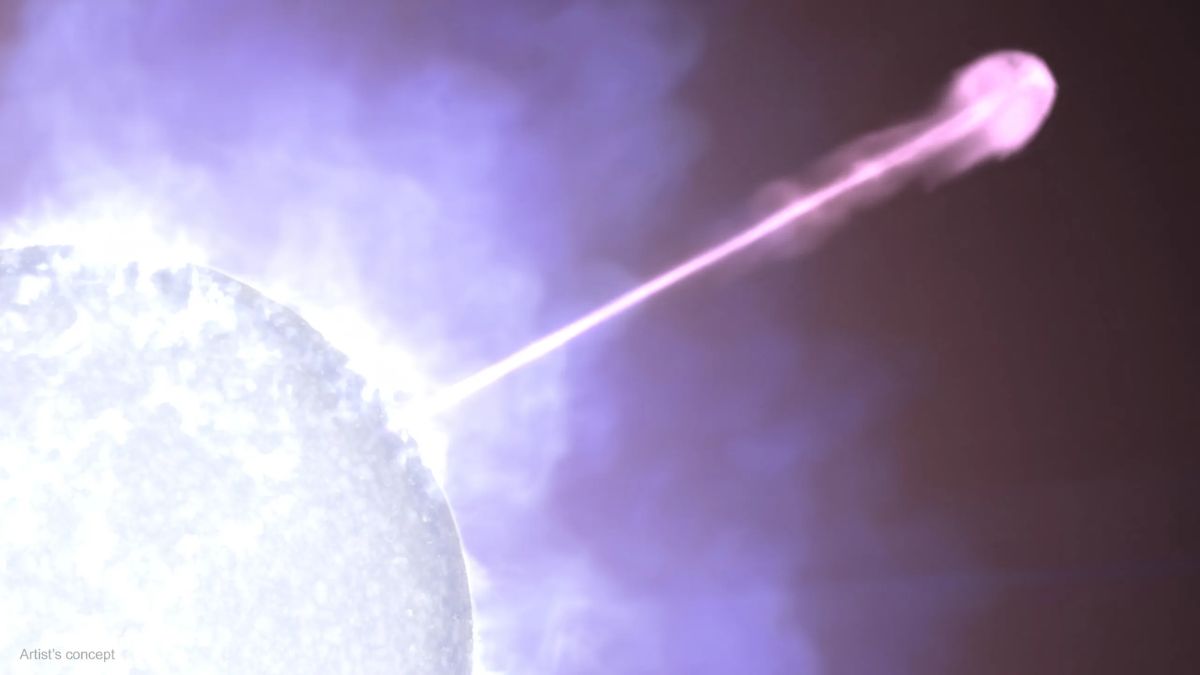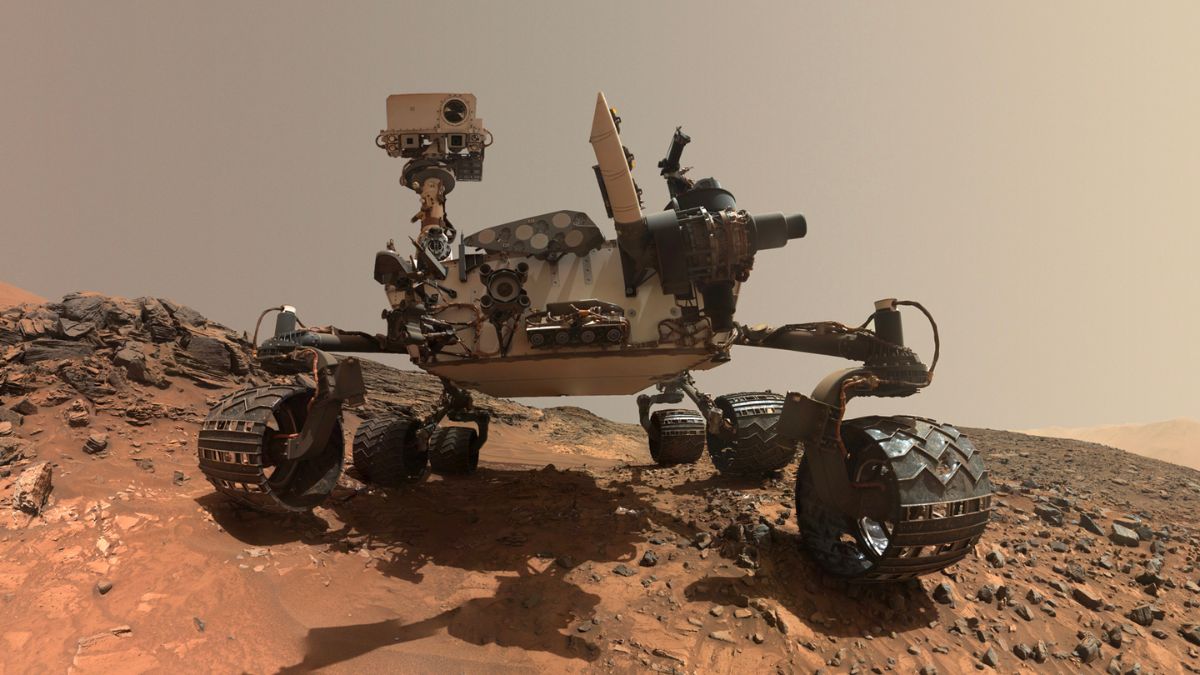In an exciting milestone for space exploration, theEuclid ‘Dark Universe’ Telescope, designed to unravel the mysteries of the “dark universe,” has released its first batch of scientific images, captivating astronomers and enthusiasts alike. This groundbreaking event, which took place on May 23, 2024, marks the beginning of a new era in our quest to understand the enigmatic nature of the cosmos.
Euclid, a space telescope developed by the European Space Agency (ESA), aims to explore the dark side of the universe, delving into the mysteries of dark matter and dark energy. Equipped with state-of-the-art instruments and cutting-edge technology, Euclid is poised to revolutionize our understanding of the universe’s hidden components.
The first science images shared by Euclid reveal mesmerizing views of cosmic phenomena, showcasing the incredible beauty and complexity of our universe. From distant galaxies to intricate cosmic structures, the images offer a glimpse into the vastness and diversity of the cosmos.
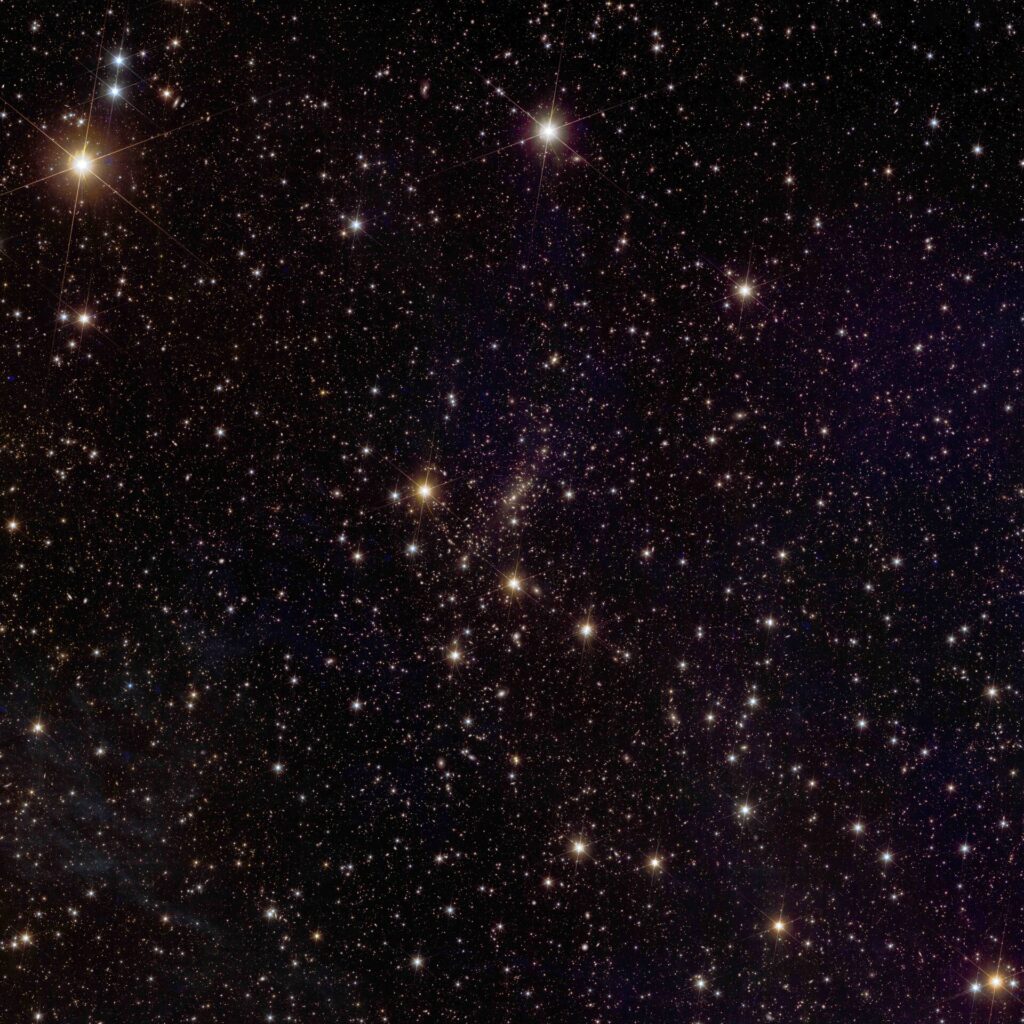
One of the standout images captured by Euclid showcases a stunning galaxy cluster, a colossal congregation of galaxies bound together by gravity. The intricate arrangement of galaxies within the cluster provides valuable insights into the distribution of matter in the universe and the influence of dark matter on cosmic structures.
Another captivating image reveals the phenomenon of gravitational lensing, wherein the gravitational pull of massive objects bends and distorts the path of light. This unique effect allows astronomers to study distant galaxies that would otherwise be hidden from view. Euclid’s exceptional capabilities enable scientists to explore these gravitational lenses with unprecedented detail, unraveling the secrets of the universe’s most distant corners.
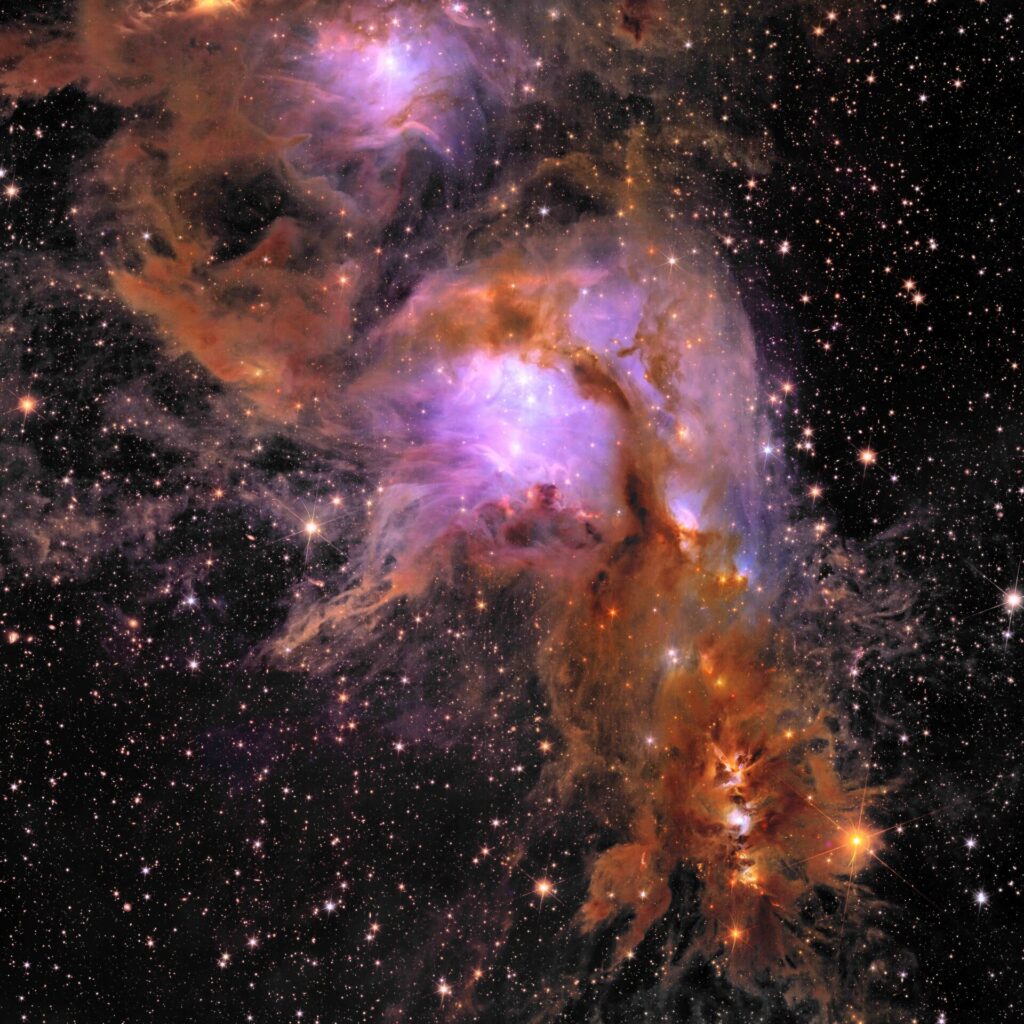
Euclid’s scientific mission extends beyond capturing captivating images. By observing the distribution and clustering of galaxies and studying the effects of gravitational lensing, the telescope aims to shed light on the nature and properties of dark energy and dark matter. These elusive components, which make up the majority of the universe’s mass and energy, hold the key to understanding the fundamental forces that shape the cosmos.
The data collected by Euclid will facilitate the construction of a detailed 3D map of the universe, providing invaluable insights into its structure and evolution. This comprehensive map will enable scientists to trace the growth of cosmic structures over billions of years and unravel the intricate interplay between gravity, dark matter, and dark energy.
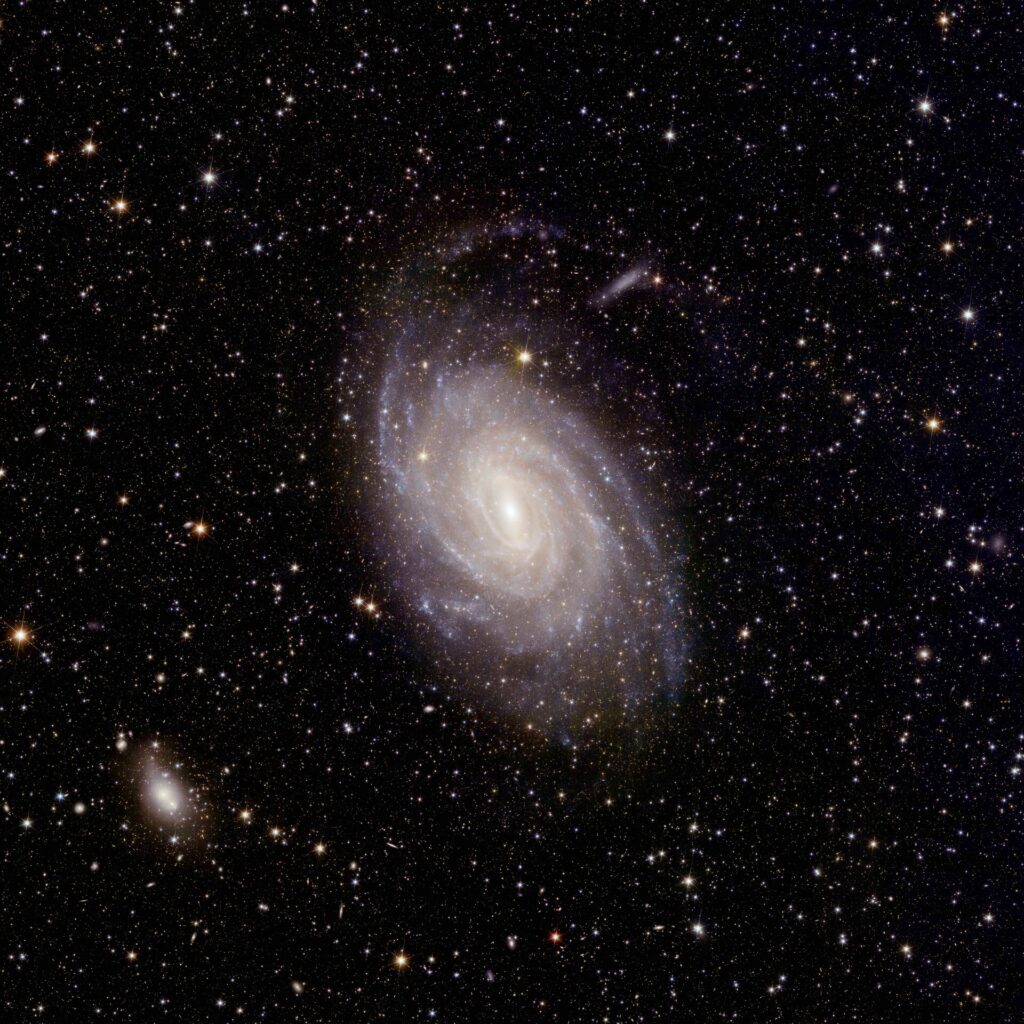
The release of the first science images by Euclid has sparked excitement and anticipation within the scientific community. Researchers worldwide eagerly await the wealth of data that this groundbreaking telescope will provide, paving the way for new discoveries and breakthroughs in the field of cosmology.
Euclid’s mission is a collaborative effort, involving the participation of more than 1,000 scientists from 16 countries. This international collaboration underscores the global commitment to unraveling the mysteries of the universe and pushes the boundaries of human knowledge and exploration.
As Euclid continues its mission to decipher the secrets of the dark universe, scientists and astronomers stand ready to delve deeper into the cosmic abyss, armed with the invaluable data and insights provided by this remarkable telescope. The first science images shared by Euclid offer a tantalizing glimpse into the hidden wonders of the cosmos, inspiring awe and wonder in our collective pursuit of knowledge.


